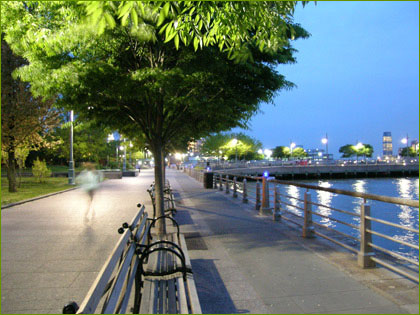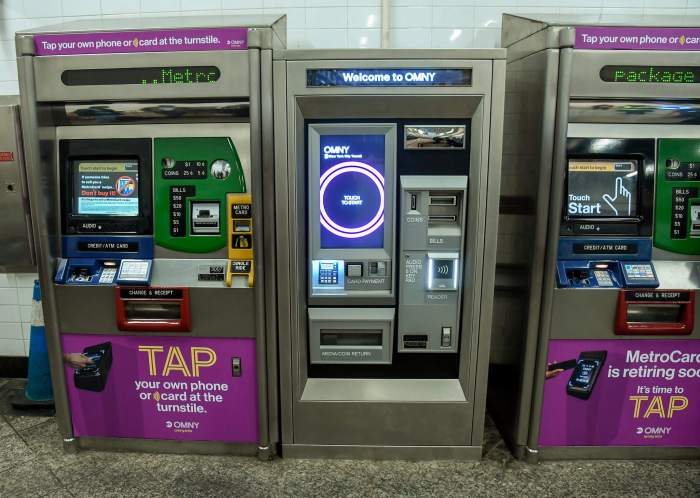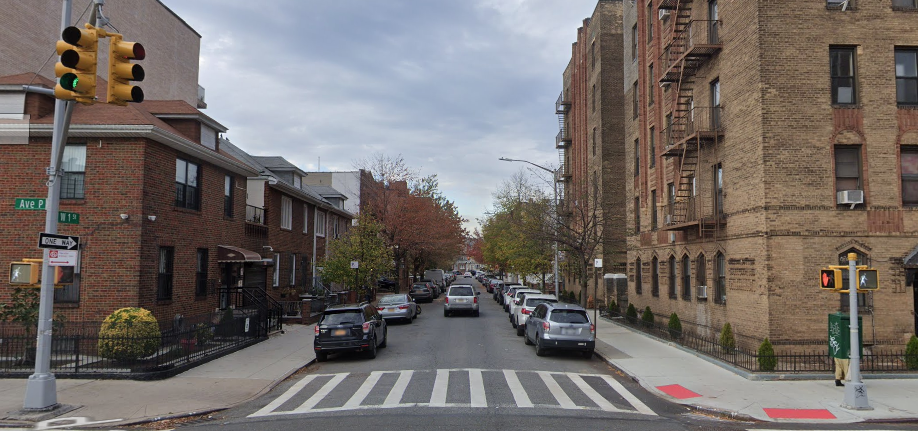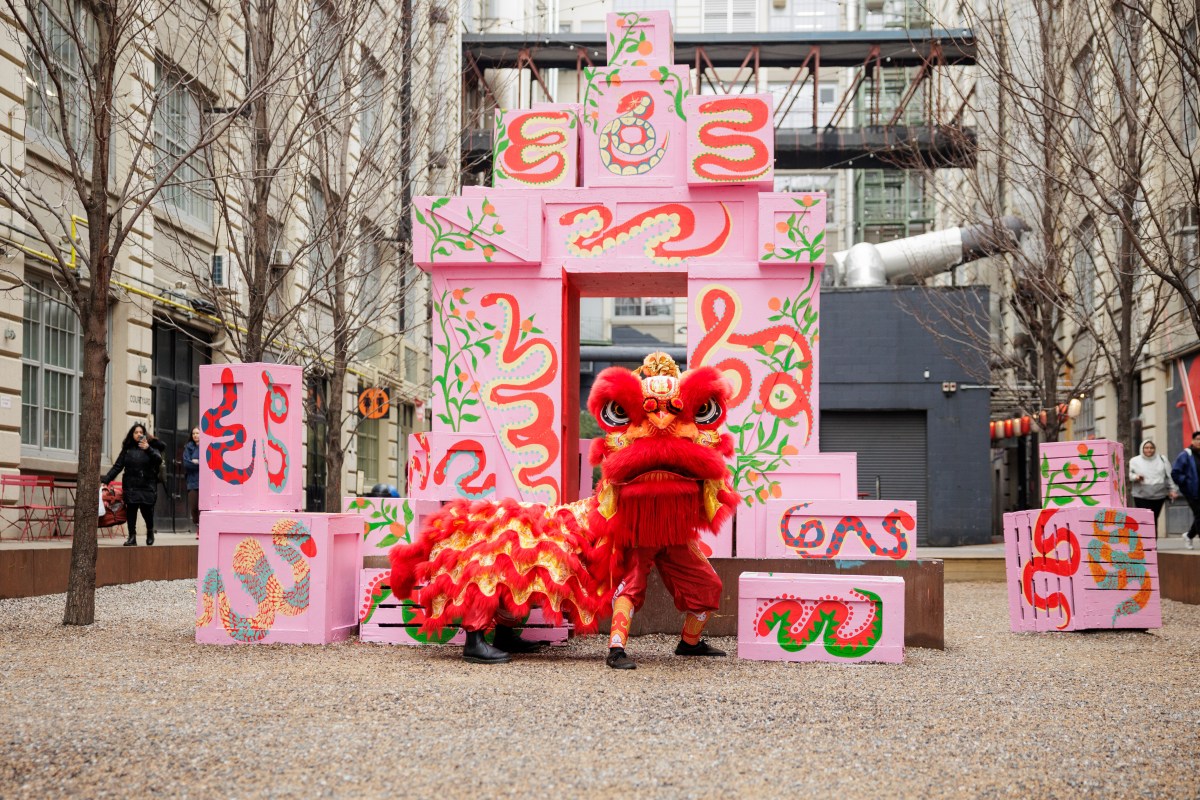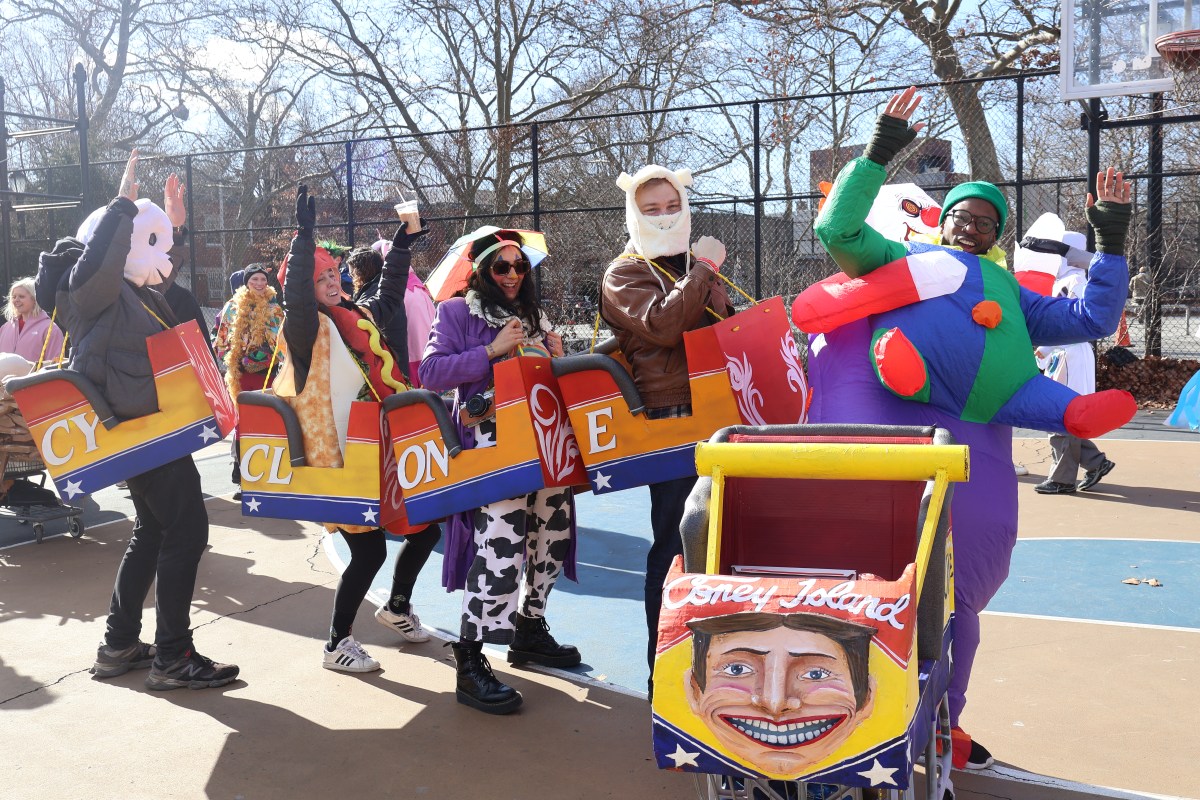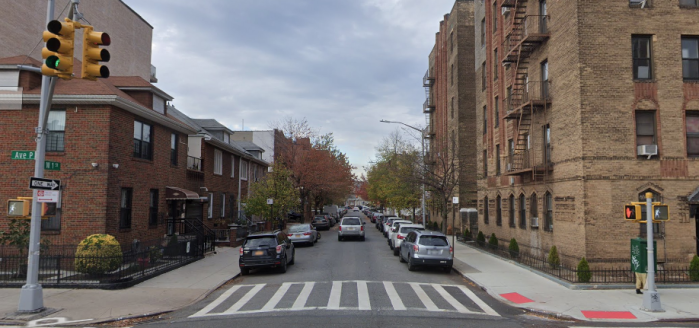BY TOM FOX | By continually stating that Pier 40 is in imminent danger of falling into the Hudson River and destroying recreational opportunities for a generation of children, the leadership of the Hudson River Park Trust has lobbied for new state legislation to transfer underutilized air rights to adjacent inboard properties and is requesting that the city expedite the rezoning of the St. John’s Center to provide funds to rebuild the pier.
Pier 40 has certainly deteriorated from 20 years of mismanagement and neglect, and the concept of using air rights to generate much-needed park funding has a lot of potential. However, the way the Trust’s leadership has pushed legislative initiatives at the very end of the session and negotiated secret agreements to transfer air rights has created a growing disillusionment with the Trust. The lack of candor and communication is causing many to question this park agency’s commitment to public participation and consultation.
There have been letters of protest by elected officials and threats of lawsuits. There’s a good chance that the legal and political battles that stymied West Side redevelopment in the past could resurface. It would be wise to reduce the rhetoric, broaden the scope of the investigation into funding for the overall park, including Pier 40, and use the “crisis” to solve the systemic problems of the park, and the Trust once and for all.
The creation of the Hudson River Park was the result of a long and bitter battle between local elected officials and community organizations versus the city and state government. After 15 years of lawsuits, public protests and media battles, the city and state agreed to build a world-class waterfront park on Manhattan’s West Side.
The park was established to protect the marine environment, create new recreation opportunities for the adjacent underserved neighborhoods, support maritime commerce and enhance the quality of life and image of the city. But, just as important, the park was expected to spur West Side redevelopment by increasing the desirability and value of property in adjacent neighborhoods.
Attempting to make the park financially self-sufficient — though not requiring it to be — the park legislation allowed limited maritime and recreational development at several locations, such as Chelsea Piers and Pier 40, at W. Houston St. Mechanisms to capture a portion of increased taxes resulting from the appreciation of inboard real estate values were proposed to provide the park with long-term maintenance, operations and capital replacement funding.
The Hudson River Park Conservancy — the Trust’s predecessor — was established to ensure transparency, accountability and public participation in the process and overcome the lack of trust in government resulting from the previous battle. For quite a while, it worked well. Involving local elected officials, community boards, neighborhood organizations and residents in an open public planning process created trust, and resulted in a consensus agreement on a park master plan, the redevelopment of the Chelsea Piers, the passage of the Hudson River Park Act in 1998 and the completion of the first segment of the park in Greenwich Village in 2003.
But the Trust, the city and the state failed to secure the necessary funding for the park. The “crisis” at Pier 40 is a result of the park being systematically starved of the funding that was initially planned to provide long-term support. The Hudson Yards, West Clinton and Hudson Square were rezoned without providing any long-term support for the park that’s expected to provide open space and recreation for new residents. The Trust leadership constantly misstates the enabling legislation by saying that the park was supposed to be self-sufficient instead of insisting on city and state funding for maintenance, operations and capital items.
At the same time, the city directed its capital funding to other projects — from the High Line and Brooklyn Bridge Park to Governors Island. Without adequate funding, the Trust was forced to scramble to meet its mission. For example, Pier 40 has generated roughly $100 million since the park’s creation, but those funds have been used for construction, maintenance, programming and operations throughout the entire 4.5-mile-long waterfront park.
In the last few years, the train has started to come off the tracks. Friends of Hudson River Park formerly was an effective advocacy organization. It generated more than $200 million for the park by fundraising and challenging the actions of government agencies that harmed the park. However, Friends was reorganized solely as a fundraising organization, turning the watchdog into a lapdog. And the Friends initiative to form a Neighborhood Improvement District, or NID, was shelved.
It’s time to get back to the basics, and rebuild trust in the Trust.
Hudson River Park is a regional park, and balkanizing decision-making about park funding will allow those who might exploit the situation to do so. When it comes to financing the stabilization and redevelopment of Pier 40, the decision affects the entire park. Revenues from Pier 40 have supported and will support the operation of the entire park.
We should refrain from spot zoning and instead develop an overall funding mechanism for the park that will keep the Trust from running from one “crisis” to the next. There’s no question that Pier 40 is in trouble. Sections have already been closed to the public because the roof is in such disrepair. A new report, soon to be released by the Trust, indicates that 57 percent of the 3,500 steel pilings on which the pier sits are suffering severe deterioration, up from 38 percent five years ago.
However, past misrepresentations by Trust leadership have hurt the park authority’s credibility. Reputable engineers have refuted the Trust’s estimates of the pier’s problems, as well as the cost and urgency of the needed repairs, in the past. When the new study is released, it should be reviewed and analyzed by someone other than the Trust, to ensure its veracity.
A number of people who’ve been involved in the process of creating the park are joining together as Protectors of Hudson River Park. We will advocate for a renewal of an open public planning and decision-making process; work to ensure that there is a comprehensive approach to securing the funding for the entire park; and make sure that government agencies in the park meet their responsibilities.
Crafting an agreement on financing will require a multipronged initiative. The Friends’ efforts to fundraise and encourage volunteer participation in the park are critical. The Neighborhood Improvement District should be revisited. The value of the air rights should be looked at in the aggregate and decisions about their allocation made in a way that benefits the entire park.
It’s urgent that we stabilize and redevelop Pier 40, fund the completion of the entire park and develop a dedicated revenue stream for long-term maintenance, operation and capital replacement. Doing anything less would be putting a band-aid on a hemorrhaging wound.
Fox was a citizen appointee to the West Side Task Force in 1986, and the West Side Waterfront Panel from 1988-’90; the first president of the Hudson River Park Conservancy (which completed the Hudson River Park’s concept and financial plan) from 1992-’95; a member of the Hudson River Park Alliance (which supported the Hudson River Park’s founding legislation) from 1996-’98; and a board of directors member of Friends of Hudson River Park until 2011.



